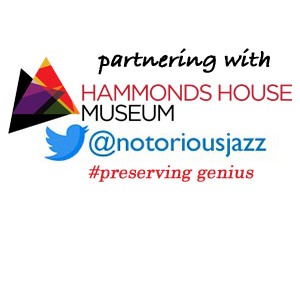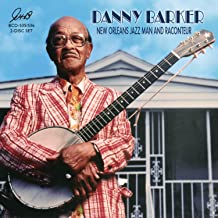
Daily Dose Of Jazz…
Daniel Moses Barker was born on January 13, 1909 in New Orleans, Louisiana to a family of musicians, the grandson of bandleader Isidore Barbarin and nephew of drummers Paul Barbarin and Louis Barbarin. He took up the clarinet and drums before switching to a ukulele that his aunt got him, and then to banjo. One of Barker’s earliest teachers in New Orleans was fellow banjoist Emanuel Sayles, with whom he would record.
Barker began his career as a musician in his youth with his streetband, the Boozan Kings, and toured Mississippi with Little Brother Montgomery. 1930 saw him moving to New York City where he switched to the guitar. Through the decade he played with Fess Williams, Billy Fowler and the White Brothers, Buddy Harris, Albert Nicholas, Lucky Millinder, and Benny Carter in 1938. During his time in New York, he frequently played with West Indian musicians, who often mistook him for one of them due to his Creole style of playing.
From 1939 to 1946 he frequently recorded with Cab Calloway, and started his own group featuring his wife Blue Lu Barker after leaving Calloway. In 1945 he recorded with pianist Sir Charles Thompson, and saxophonists Dexter Gordon and Charlie Parker. In 1947 he was back with Lucky Millinder and Bunk Johnson. He returned to working with Al Nicholas in 1948 and in 1949 rejoined efforts with his wife in a group.
During the 1950s Danny was primarily a freelance musician, but did work with his uncle Paul Barbarin from 1954 to 1955. In the mid-1950s he went to California to record again with Albert Nicholas; performed at the 1960 Newport Jazz Festival with Eubie Blake. In 1963 he was working with Cliff Jackson, and then in 1964 appeared at the World Fair leading his own group. Sometime in the early 1960s he formed a group he called Cinderella. The following year he returned to New Orleans and took up a position as assistant to the curator of the New Orleans Jazz Museum.
In 1970 he founded and led a church-sponsored brass band for young people ~ the Fairview Baptist Church Marching Band. The Fairview band launched the careers of a number of professional musicians who went on to perform in brass band and mainstream jazz contexts, including Leroy Jones, Wynton Marsalis, Branford Marsalis, Kirk Joseph, Nicholas Payton, Shannon Powell, Lucien Barbarin, Dr. Michael White and others. In later years the band became known as the Dirty Dozen Brass Band.
He played regularly at many New Orleans venues from the late 1960s through the early 1990s, in addition to touring. Beyond overcoming the obstacles of segregation, banjoist Danny Barker, who also sang and played guitar and ukulele, authored two books and was an amateur landscape artist; and who suffered from diabetes throughout most of his adult life, passed away from cancer in New Orleans on March 13, 1994 at age 85.
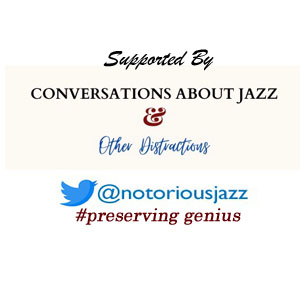
More Posts: bandleader,banjo,guitar,history,instrumental,jazz,music,ukulele,vocal
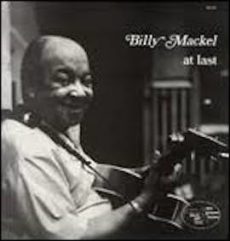
Daily Dose Of Jazz…
Billy Mackel was born John William Mackel on December 28, 1912 in Baltimore, Maryland and played banjo early in his career, but like many banjoists of his time he switched to guitar.
He led a band early in the 1940s, then joined Lionel Hampton in 1944 and spent the next thirty years with him. In the 1940s he also recorded with Milt Buckner, Arnett Cobb, Herbie Fields, and others, and worked with Billy Williams in the 1960s.
Guitarist Billy Mackel, who played left~handed and recorded as a leader, passed away on May 5, 1986.

More Posts: bandleader,guitar,history,instrumental,jazz,music
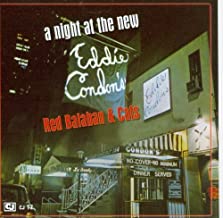
Daily Dose Of Jazz…
Red Balaban was born Leonard Balaban on December 22, 1929 in Chicago, Illinois. Moving the family to New York, he completed his early education at the Ethical Culture School. After graduating from Milford Academy in Connecticut, he graduated from Brown University.
Moving south to the panhandle, he raised breeding cattle on a farm in Bonifay, Florida and as a musician, he was a sideman, bandleader, and club owner. He played in regional ensembles from the 1950s, Red went on to hold a regular gig from 1966 at the Dixieland jazz club Your Father’s Mustache in New York City.
Balaban worked extensively as a sideman, for musicians such as Wild Bill Davison, Eddie Condon, Gene Krupa, Dick Wellstood, and Kenny Davern. He co-led Eddie Condon’s house band with Ed Polcer from 1975, and noted musicians in this outfit included Vic Dickenson, Warren Vache, and Connie Kay, before the club closed in the mid-1980s.
Tubist and sousaphonist Red Balaban, who also played banjo, stand-up bass, slide trombone, ukulele, and rhythm guitar, passed away after a brief illness seven days past his 84th birthday on December 29, 2013 in Milford, Connecticut.

More Posts: banjo,bass,guitar,history,instrumental,jazz,music,slide trombone,sousaphone,tuba,ukulele
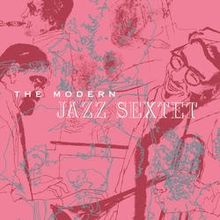
Daily Dose Of Jazz…
Skeeter Best was born Clifton Best was born on November 20, 1914 in Kinston, North Carolina. From 1935 to 1940 he played in Philadelphia, Pennsylvania recording with Slim Marshall and Erskine Hawkins. In 1940, he joined the Earl Hines Orchestra, playing with him until he joined the U.S. Navy in 1942.
After his Naval discharge, he played with Bill Johnson from 1945 to 1949. He toured East Asia with Oscar Pettiford in 1951 and 1952, forming his own trio in during the decade. He did a critically acclaimed session with Ray Charles and Milt Jackson in 1957 called Soul Brothers.
In 1958, he recorded with Mercer Ellington and taught in New York City. He also recorded with Harry Belafonte, Etta Jones, Nellie Lutcher, Milt Hinton, Osie Johnson, Paul Quinichette, Jimmy Rushing, Sonny Stitt, Charles Thompson, and Lucky Thompson.
From 1959 to 1980 he recorded twenty-six albums as a sideman with Eugenie Baird, Aretha Franklin, Bennie Green & Paul Quinichette, Lionel Hampton, Erskine Hawkins, Earl Hines, Marva Josie, Mahalia Jackson, Milt Jackson, Ray Charles, Etta Jones, Frankie Laine, Buck Clayton, Ellis Larkins, Howard McGhee, The Modern Jazz Sextet, Mel Powell, Ike Quebec, Freddie Roach, Jimmy Rushing, Charles Thompson, Lucky Thompson, Cootie Williams. Guitarist Skeeter Best passed away on May 27, 1985, New York City.
More Posts: guitar,history,instrumental,jazz,music
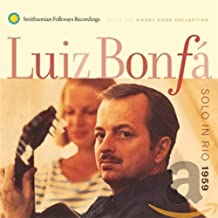
Daily Dose Of Jazz…
Luiz Floriano Bonfá was born on October 17, 1922 in Rio de Janeiro, Brazil. He studied with Uruguayan classical guitarist Isaías Sávio from the age of 11 and these weekly lessons entailed a long, harsh commute by train, 2 1/2 hours one way and on foot from his family home in Santa Cruz. Given his extraordinary dedication and talent for the guitar, Sávio excused the youngster’s inability to pay for his lessons.
He first gained widespread exposure in Brazil in 1947 when he was featured on Rio’s Rádio Nacional, then an important showcase for up-and-coming talent. In the late 1940s Bonfá was a member of the vocal group Quitandinha Serenaders. Some of his earliest compositions such as Ranchinho de Palha, O Vento Não Sabe, were recorded and performed by Brazilian crooner Dick Farney in the 1950s and his first hit song was De Cigarro em Cigarro recorded by Nora Ney in 1957.
Farney introduced Luiz to Antônio Carlos Jobim and Vinicius de Moraes, the leading songwriting team behind the worldwide explosion of Bossa Nova. He collaborated with them on de Moraes’ anthological play Orfeu da Conceição, which several years later gave origin to Marcel Camus’ film Black Orpheus. For the film he wrote Samba de Orfeu and Manhã de Carnaval, the latter of which Carl Sigman wrote English lyrics and titled the song A Day in the Life of a Fool, which has been among the top ten standards played worldwide, according to The Guinness Book of World Records.
As a composer and performer, Bonfá was at heart an exponent of the bold, lyrical, lushly orchestrated, and emotionally charged samba-canção style that became a highly visible ambassador of Brazilian music in the United States beginning with the famous November 1962 Bossa Nova concert at New York’s Carnegie Hall.
Bonfá worked with American musicians such as Quincy Jones, George Benson, Stan Getz, and Frank Sinatra, recording several albums while in U.S. Also of note is his “The Gentle Rain”, with lyrics by Matt Dubey, and “Sambolero”.
Composer and guitarist Luiz Bonfá, who recorded some five dozen albums, passed away from prostate cancer at 78 in Rio de Janeiro on January 12, 2001.
More Posts: bandleader,composer,guitar,history,instrumental,jazz,music


